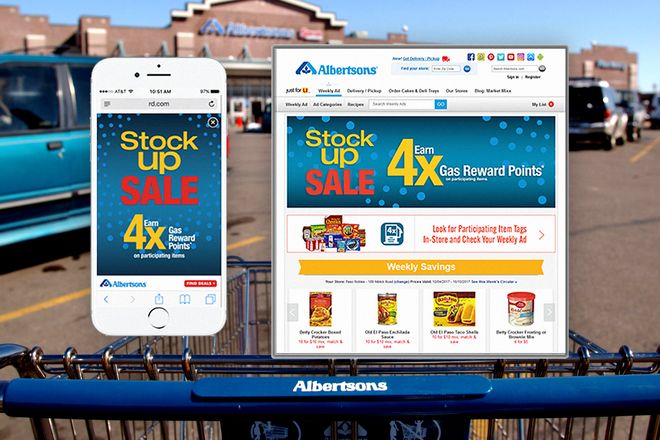Every one to two months a new retail media network is born
By creating its own retail media network earlier this month, Lowe’s jumped on a hot trend that is poised to get even hotter in 2022. A growing list of companies that years ago acted solely as ad buyers are now selling ads to outside brands looking for exposure on retailer-owned websites, email lists, apps and more. Home Depot, Macy’s, Dollar Tree and Best Buy have all created or expanded existing media networks in recent years. They’re all seeing that there’s money to be made by leveraging the reams of data they have on shoppers by offering targeted ad placements to brands that are seeking to reach consumers at the right place and time.
“We’ve come through a year and a half of recognizing this obviously intensified focus on home and home lifestyle, and Lowe’s is uniquely positioned to aggregate and understand an audience that’s interested in that and allow our partners to benefit in it,” said Marisa Thalberg, executive VP, chief brand and marketing officer at Lowe’s, which is reporting early robust demand for its so-called Lowe’s One Roof Media Network.
Two years ago, Forrester Research predicted the growth of marketers as media players as a major trend in 2020—yet the rise in online shopping, the desire for retailers to create additional revenue streams, and the need for advertisers to track customers ahead of the end of the cookie have all cause that growth to blow past industry expectations. Now, every one to two months a new retail media network is born, according to a September report from Merkle Co., the Dentsu-owned performance marketing agency. In addition, 81% of consumer packaged goods brands plan to grow their investments in retail media networks within the next 12 months, Merkle found, noting that such advertisers are dedicating more resources to create internal divisions to manage their retail media portfolios. The growth could upend the worldwide advertising landscape—Forrester estimates retail media will be a $50 billion advertising business globally next year.
“This is a growing beat that’s going to provide a lot of competition to the global advertising markets,” said Collin Colburn, a senior analyst at Forrester. “This is a category that is going to threaten Google and Facebook to a degree—it’s not going to wreck their businesses, but it is going to make the dollars they get for advertising much more competitive because the retail media market overall will be sizable.”
The proposition that retailers are conveying to advertisers is becoming more sophisticated, experts have found. A basic package used to simply include selling a vendor ads on a retailer’s own website. But now, some retailers are acting more as a pure-play media agency, securing and selling ad inventory outside of their own properties. For example, Target’s media business Roundel will buy placements on channels such as Pinterest, PopSugar or NBCUniversal, the company has said. Lowe’s new offering includes digital and social media extensions for brands to reach certain customers as well as custom research and the typical closed-loop reporting on shopper data that set retail media networks apart from non-retailers.
Monetizing the data
The benefits of launching a media network can be sizeable for retailers, which are sitting on a treasure trove of first-party shopper data, analysts said. One of the biggest reasons for a retailer to build networks is to add a new revenue stream. Typically, grocery stores and other retail chains have very low profit margins on products; a media business, however, could have margins between 50% and 70%—making it a significant profit center, Colburn said. Many retailers also want to expand their e-commerce business by drawing in more visitors to their websites with new ads that could lead to product discovery and repeat shoppers, as marketers try to become more like Amazon when it comes to search.
The trend of diversifying into the media business is moving beyond traditional retail. Uber, DoorDash and Instacart have all boosted their advertising offerings in recent months. Such e-commerce-led initiatives are a different value proposition for brands, according to Megan Cameron, VP of monetization for New Stream Media at Merkle. Unlike retail-owned retail media networks, where advertisers can target audiences and see sales lift in stores and online, e-commerce retail media networks offer a wide view of a customer across multiple retailers. For instance, Instacart can show advertisers how consumers are shopping at Walgreens, ShopRite and 7-Eleven—which are all brands offered by the delivery service. Merkle found that 4% of CPG brands are working within Instacart’s network, while 1% are advertising with Gopuff, a similar delivery service—both figures are up from zero in 2020.
“People are looking for ways to engage in a digitally-first way and being able to monetize that experience for the CPGs in that equation is important,” said Cameron. “You’re reaching this subset of people that look a little different than just a retailer-led audience.”




